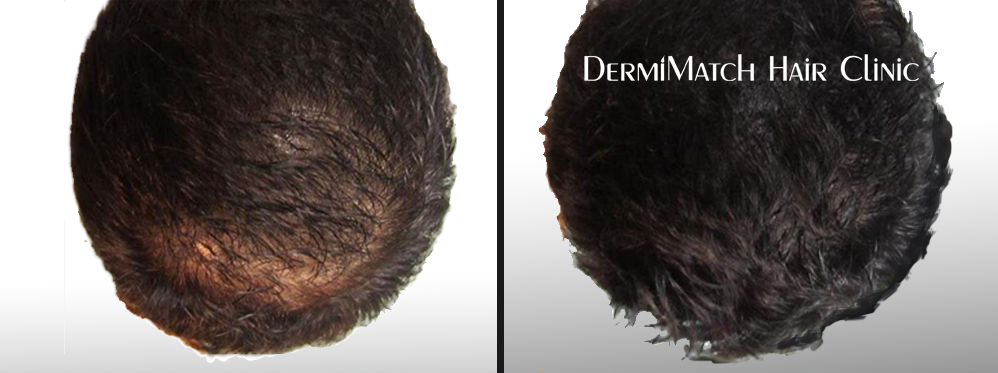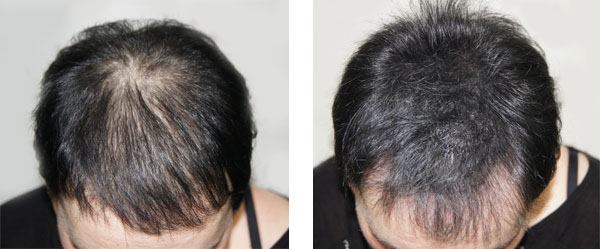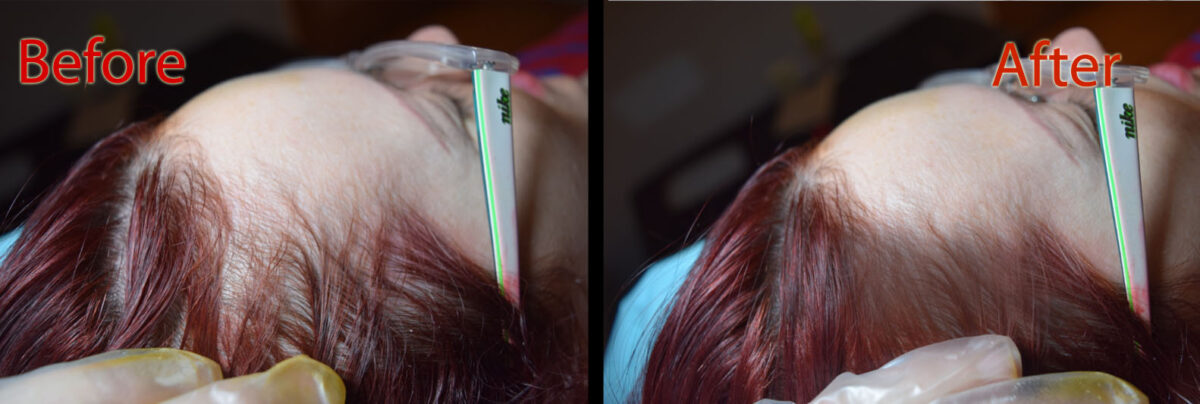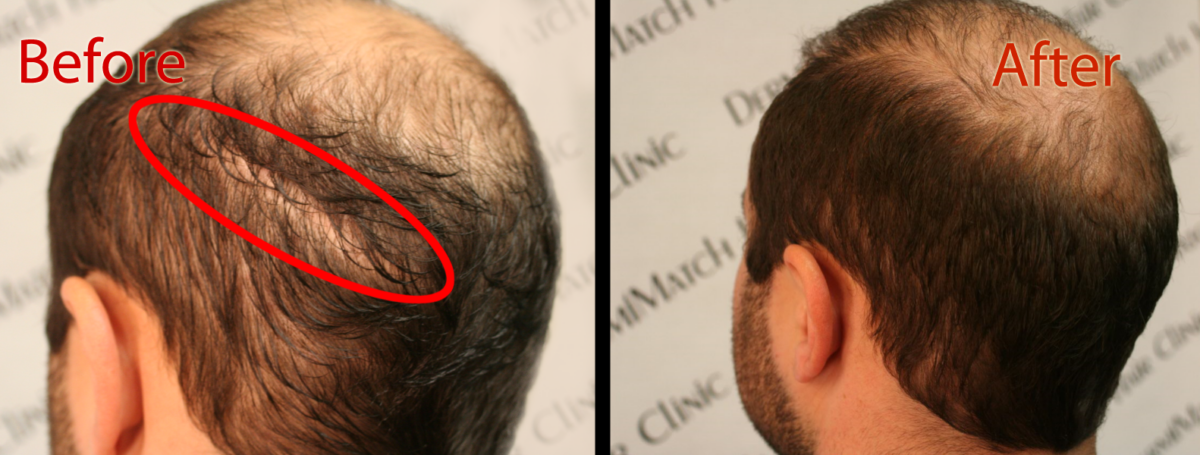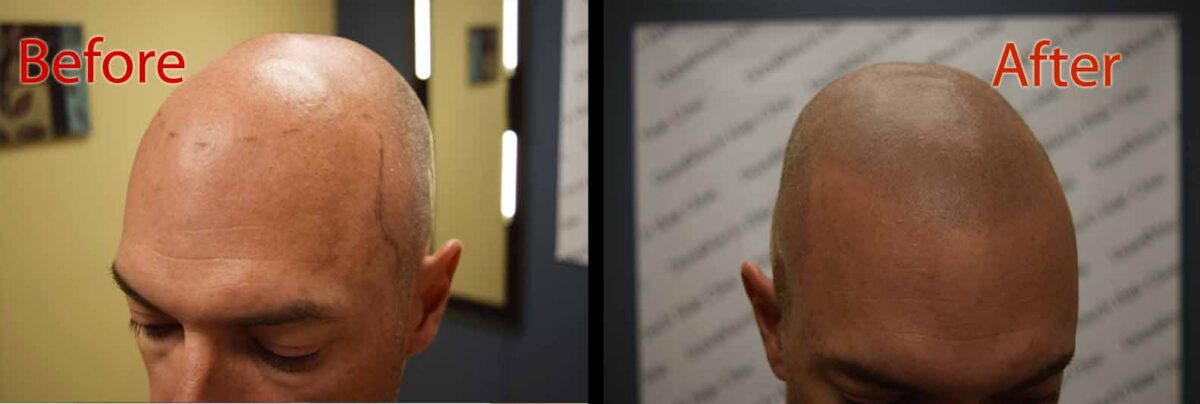If you have an uneven hairline, you are probably unhappy about it. But before looking for a treatment, it is important to understand the causes of a receding or uneven hairline. No doubt, hair loss is part of the process of growing older. An uneven hairline is still one of the worst experiences for men and women.
What Causes An Uneven Hairline?
The most common causes of an uneven hairline include poor grooming, hereditary, traction alopecia, and skin conditions.
Genetics – It won’t be wrong to say that some people have uneven hairlines. The problem may run in families and progress over time.
Traction Alopecia – A receding hairline may result from tight hairstyles, such as braids, ponytails, or buns. Any style that pulls the hairline tightly can cause thinning and patchiness. Hair pulling causes tension that damages follicles, especially near the temples and forehead.
Poor Grooming Habits – Aggressive brushing, heat styling tools, and improper shampooing techniques can traumatize the delicate front hairline zone over time, leading to asymmetry and thinning patches.
Skin Conditions – There are several inflammatory scalp conditions that can flare up and trigger hair loss in concentrated areas without treatment, resulting in uneven thinning.
Male pattern baldness – The loss of hair becomes explicit due to thinning hair around the crown. This results in an M-shaped pattern that circles above the ears.
Hair transplant – Anyone with a hair transplant may also suffer from an uneven hairline if the transplant fails.
Does An Uneven Hairline Mean A Receding Hairline?
As men grow older, their hairline naturally starts to change. It either starts to push back slightly or begins to look uneven.
The hairline is likely to be less defined as you age.
What is the best solution for a bad hairline?
A bad or uneven hairline can affect your personality and looks. Luckily, there is a non-invasive procedure to reshape the hairline. You can trust scalp micropigmentation for the same.
Scalp practitioners apply natural pigments to the scalp to mimic the appearance of hair. Whether you are suffering from a receding hairline or pattern baldness, SMP can help. Trained and experienced practitioners can help create a hairline that looks natural and realistic.
Using specialized tattoo equipment, scalp micropigmentation injects tiny dots of pigment into the scalp to treat the area of a receding hairline. The dots generate shading and density that make the thinning areas look darker and more defined.
For uneven hairlines, the pigment coverage brings a sense of visual balance through evenly dispersing dot replication to create a defined hairline.
Like a buzzed haircut, scalp micropigmentation fills in the balding areas with thousands of microscopic dots that blend with the rest of the scalp. This creates the look of fullness.
The non-surgical process creates aesthetically pleasing results for people suffering from a receding, uneven hairline.
The DermiMatch Advantage
Get help at DermiMatch Clinic today and get in touch with Phoenix scalp experts, who have years of experience to back them. Trust their skills and create the look you desire.

